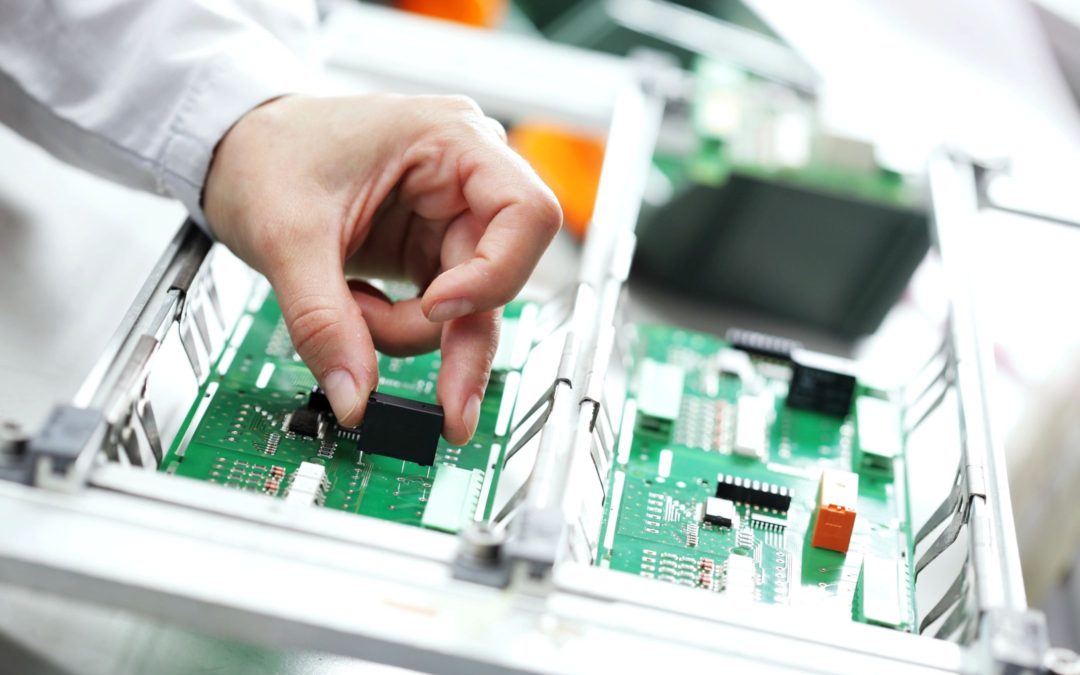By Jaime Choi and Dave Cochran
In IPR2014-01198, the PTAB found that the patent owner failed to prove that the patented invention was conceived prior to the date of the prior art, and thus concluded that the patent was unpatentable. The Federal Circuit disagreed, holding that the evidence presented by the patent owner substantially supported the earlier date of conception and sending the case back to the PTAB for further proceedings. NFC Technology v. Matal (Fed. Cir. No. 2016-1808, September 20, 2017).
In the IPR, the patent owner had offered inventor testimony and documentary evidence that the invention – a particular type of circuit – had been conceived before the filing date of the prior art being used to attack the patent. If the evidence was to be believed, then the prior art was not really “prior” art and could not be used to invalidate the patent as obvious. The PTAB did not, however, believe the evidence. The inventor had used an outside company to fabricate the circuit, and the PTAB explained in its Final Written Decision why it believed the evidence did not sufficiently prove that the inventor, rather than the outside company, had conceived of the invention.
On review, the Federal Circuit determined that the PTAB’s findings were not supported by substantial evidence, and that its findings were inconsistent with the documents themselves. Moreover, the Federal Circuit found that documents corroborating the inventor’s account of his conception of the invention had not been adequately considered. As one example, the PTAB had found that an early project data sheet for the circuit did not name an author, whereas the Federal Circuit pointed out that a portion of the data sheet listed the document as being created by “BC” – the inventor’s initials. The Federal Circuit was not in a position to determine whether the circuit conceived by the inventor was the same as the one claimed in the patent (and therefore whether the patent owner had truly pre-dated the cited reference), and remanded to the PTAB on this point.
The Federal Circuit pointed out that although an inventor’s testimony, standing alone, is insufficient to prove conception, the pertinent evidence must be evaluated as a whole and can corroborate an inventor’s conception even though “no one piece of evidence in and of itself establishes that fact.” Although any particular set of facts is necessarily unique to a given case, it would be advisable for both patent owners and petitioners to address evidence of conception as a whole, rather than attacking individual pieces of evidence in piecemeal fashion.
David Cochran
Latest posts by David Cochran (see all)
- Legislation: Restoring the America Invents Act - October 4, 2021
- Court Awards Domino’s Extra Dough - July 15, 2021
- PRECEDENTIAL: Stipulation Roadmap for Fintiv Factor Four - December 30, 2020

